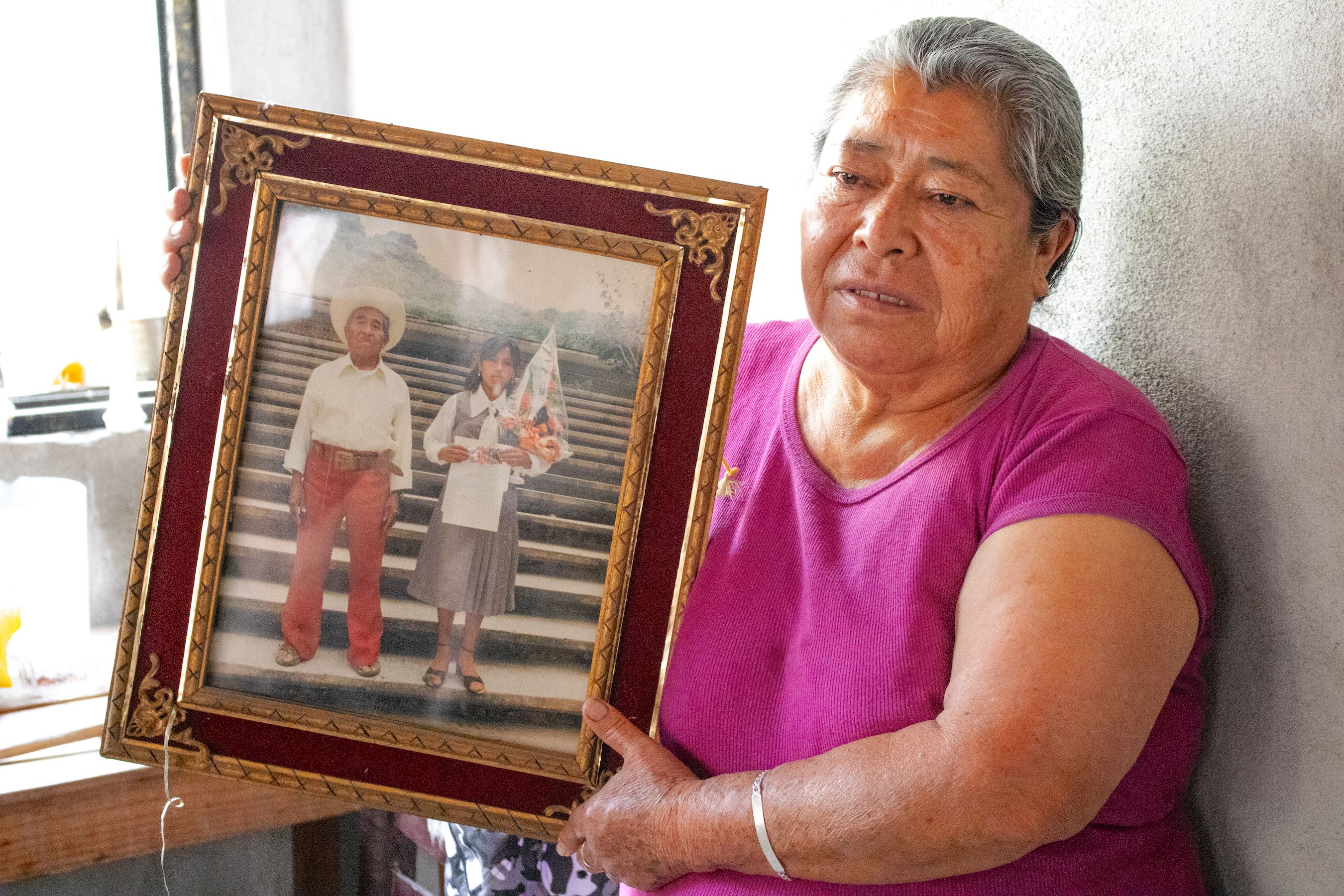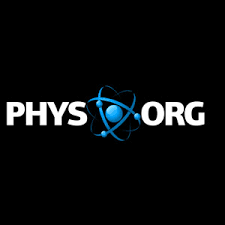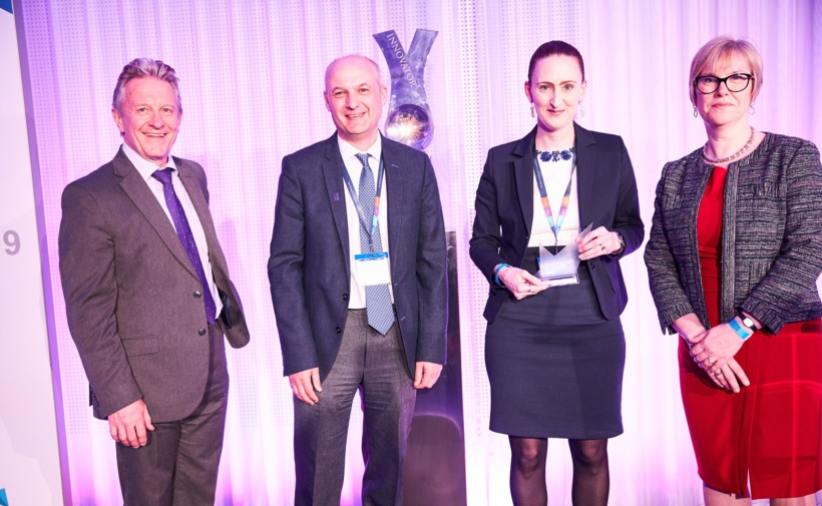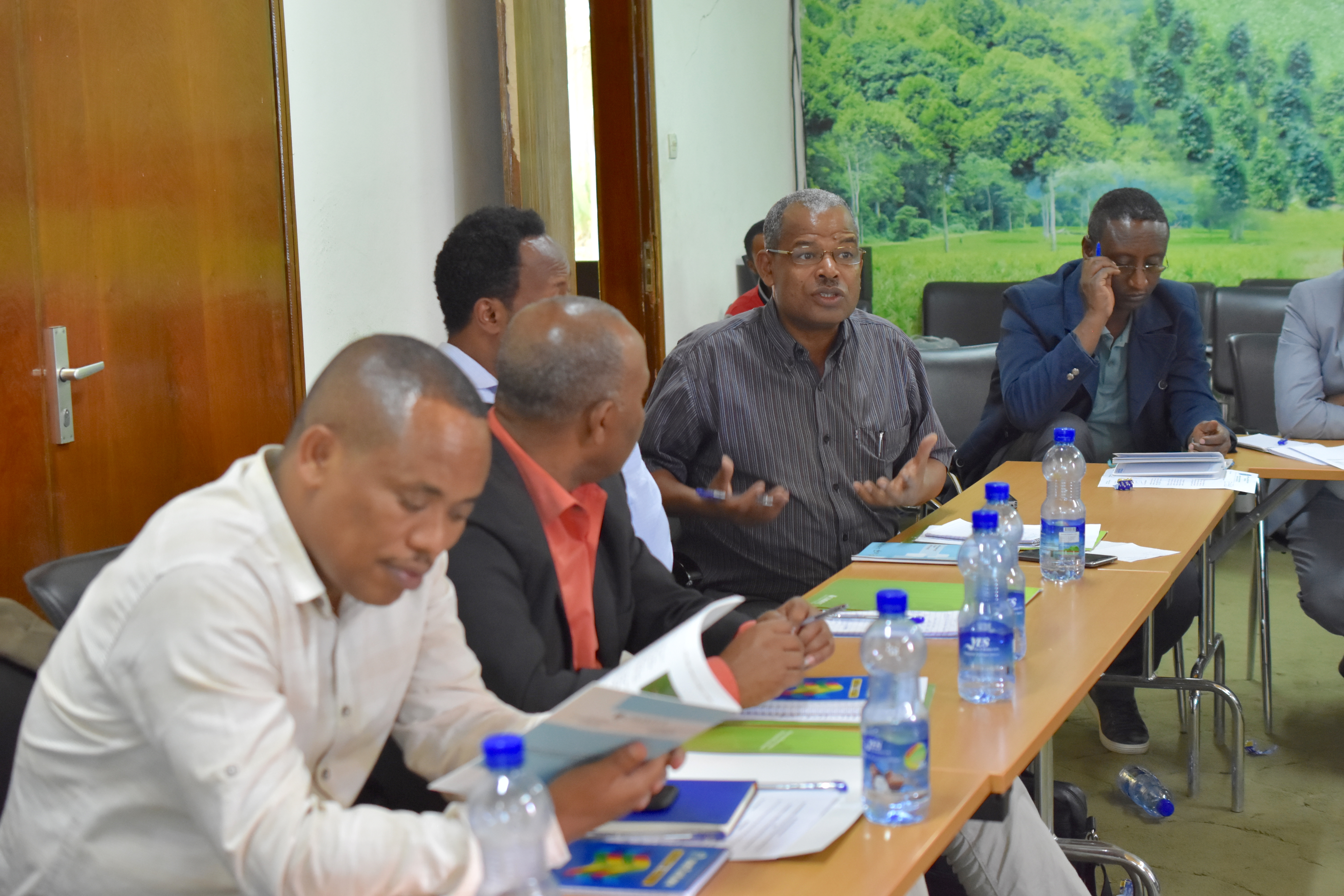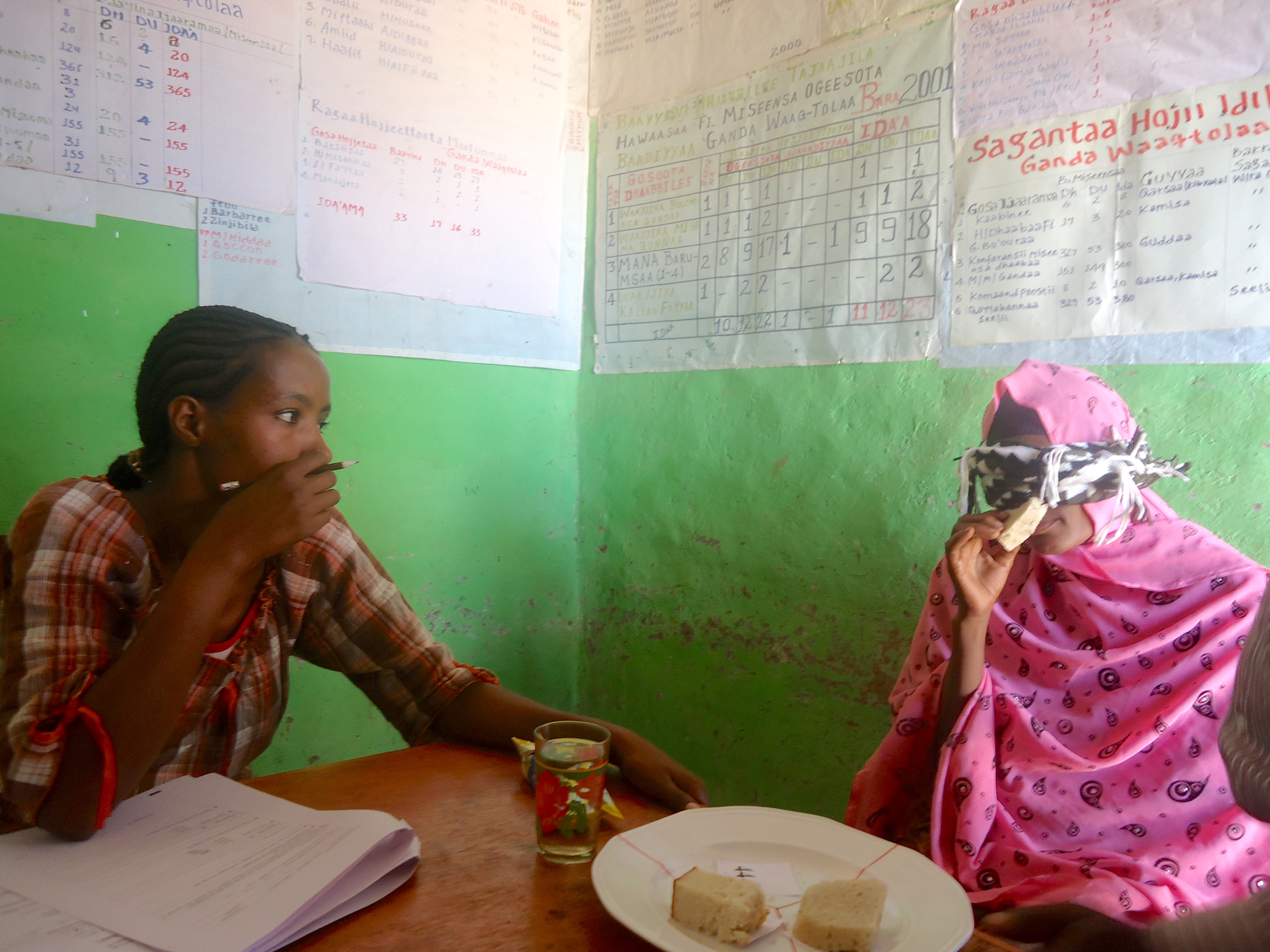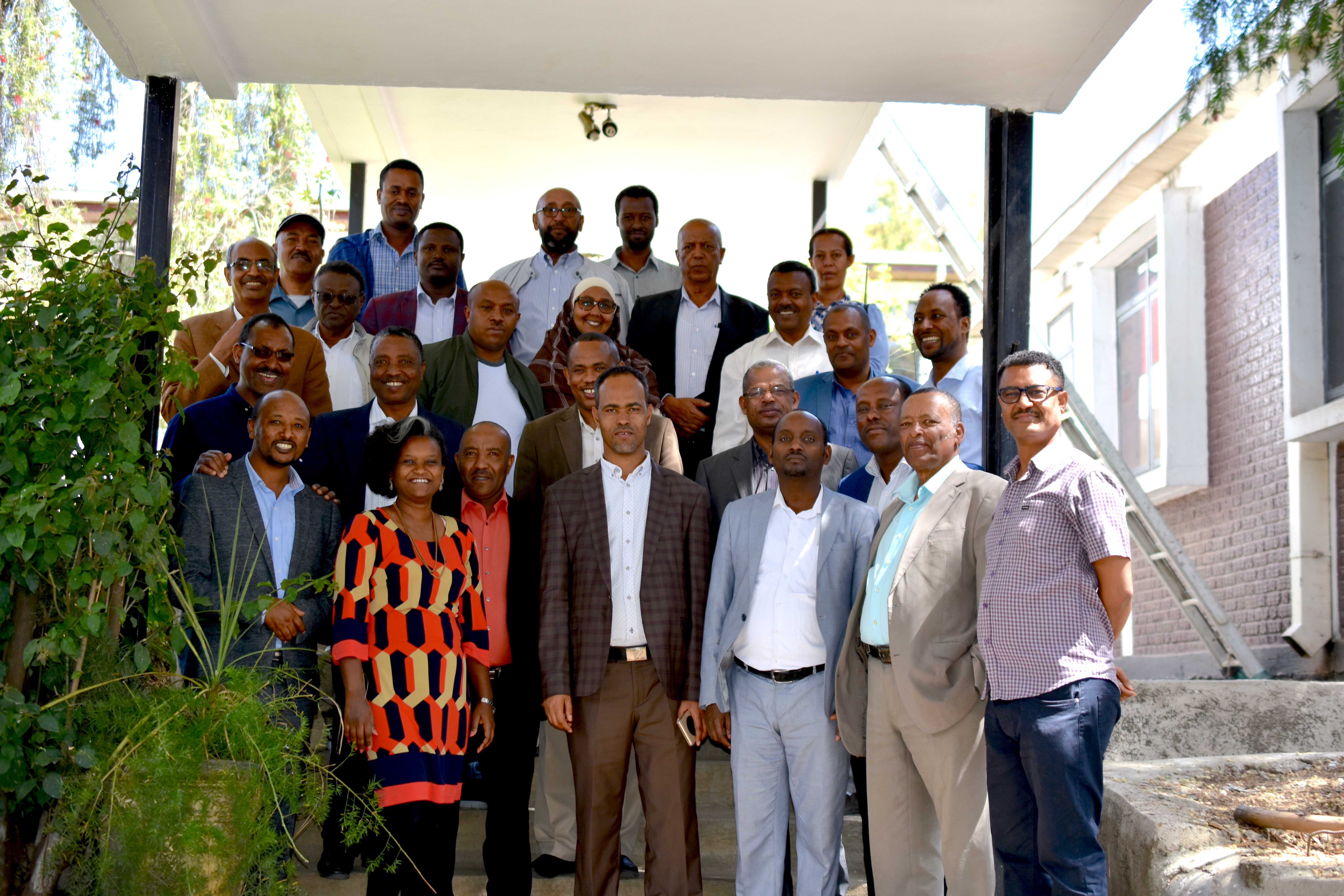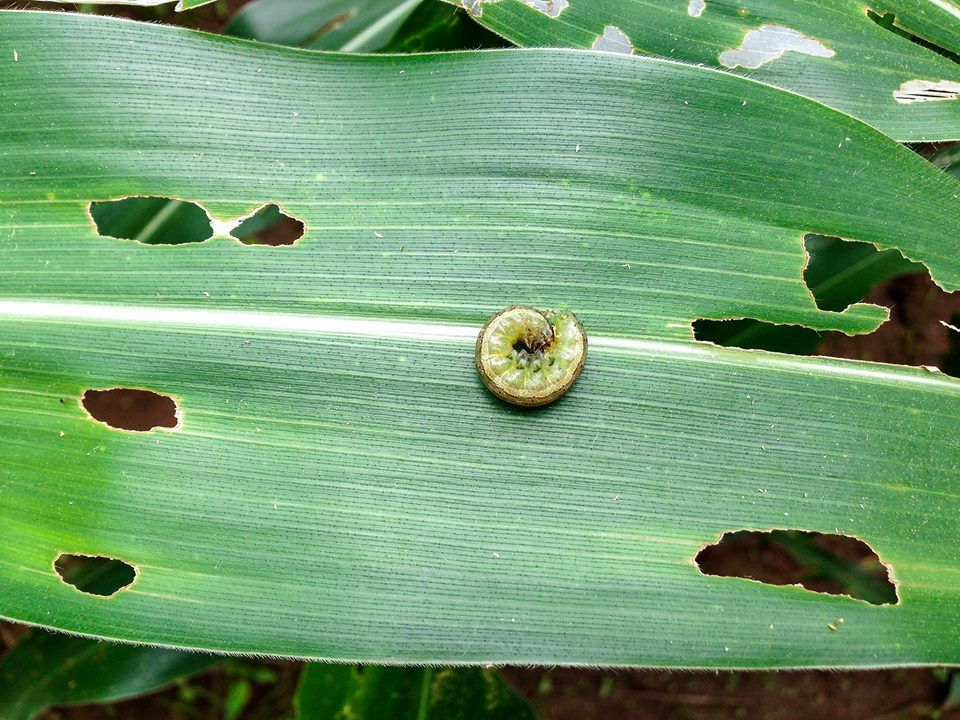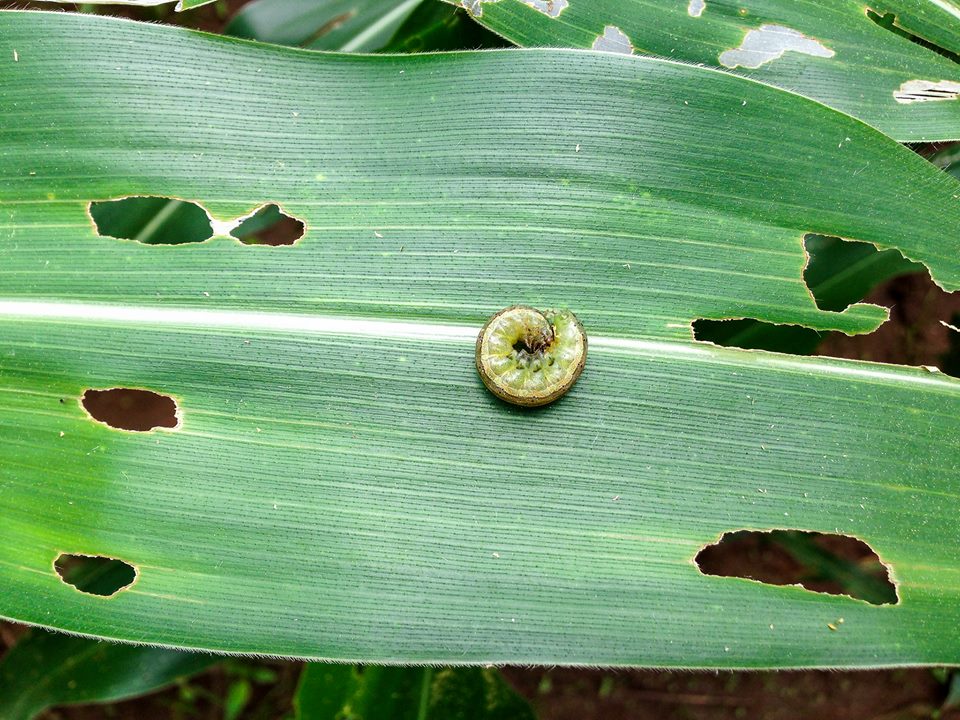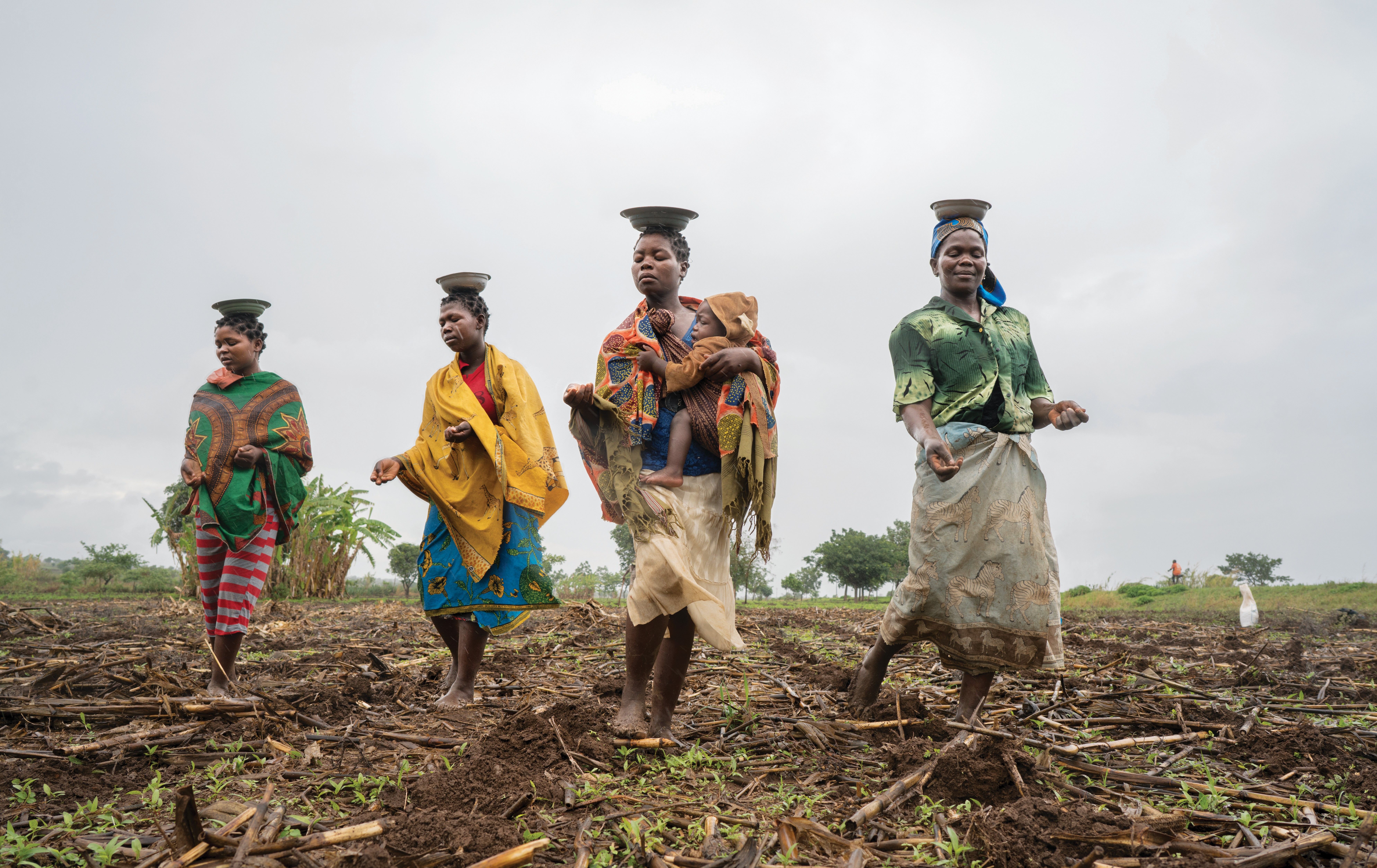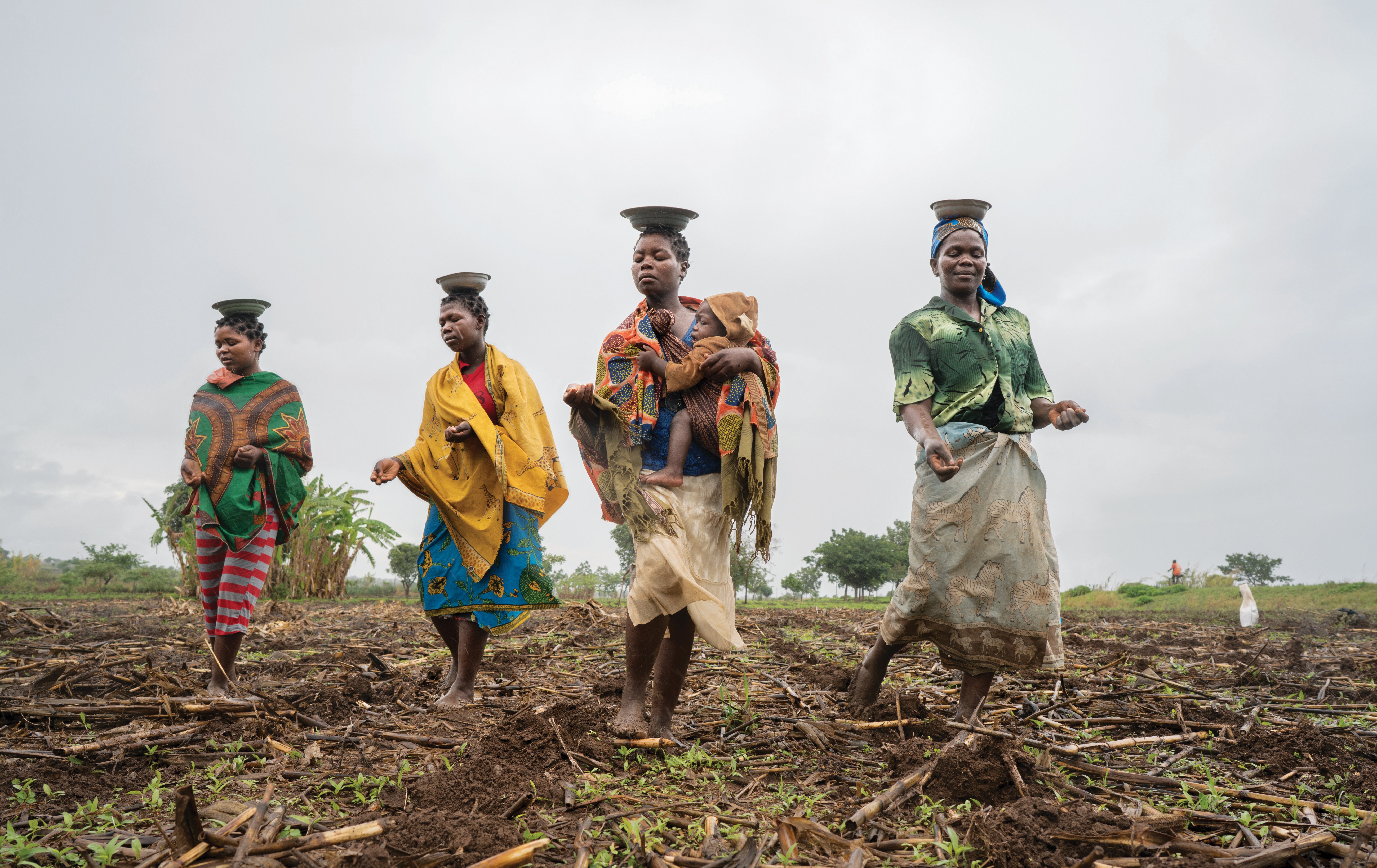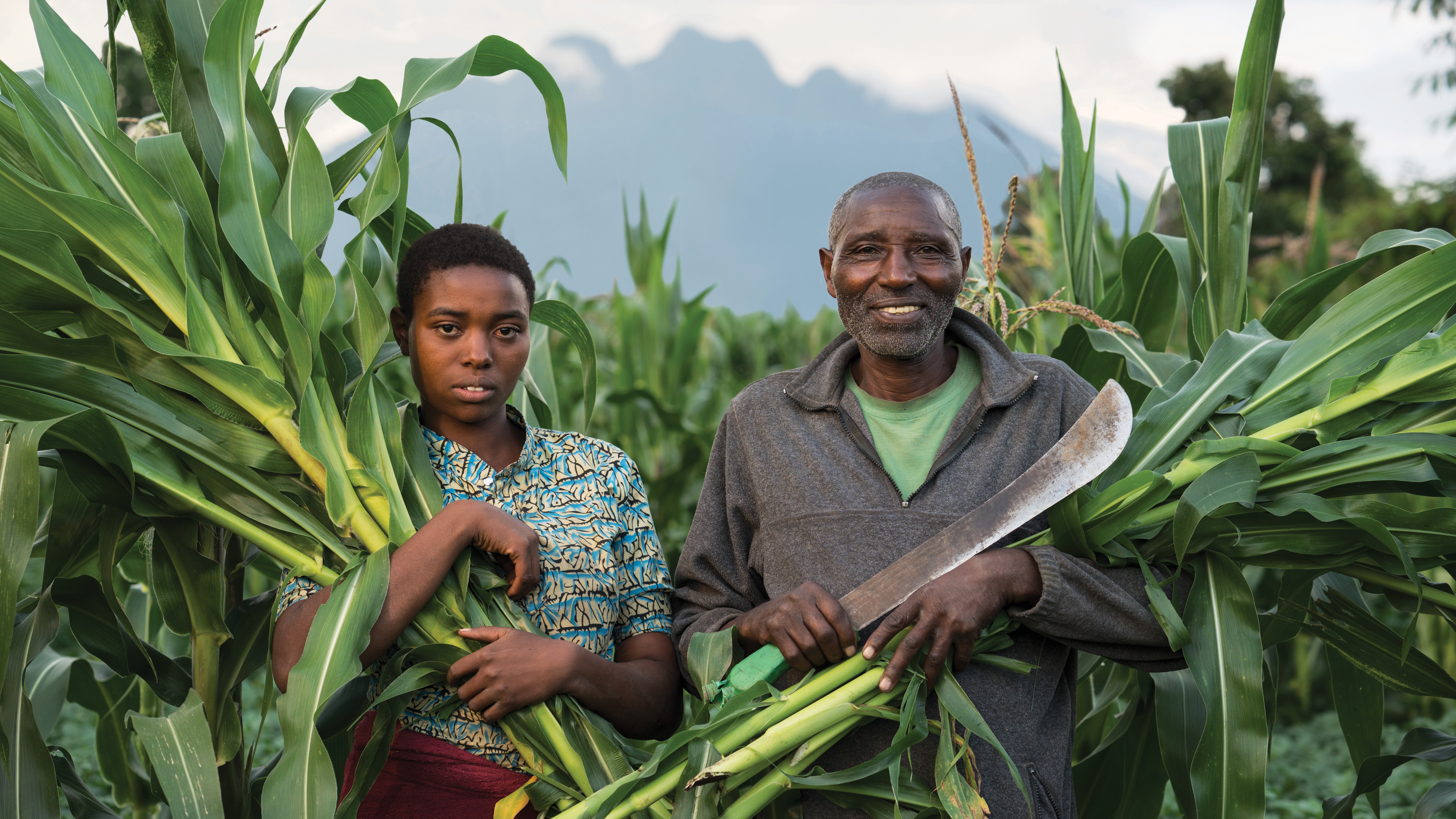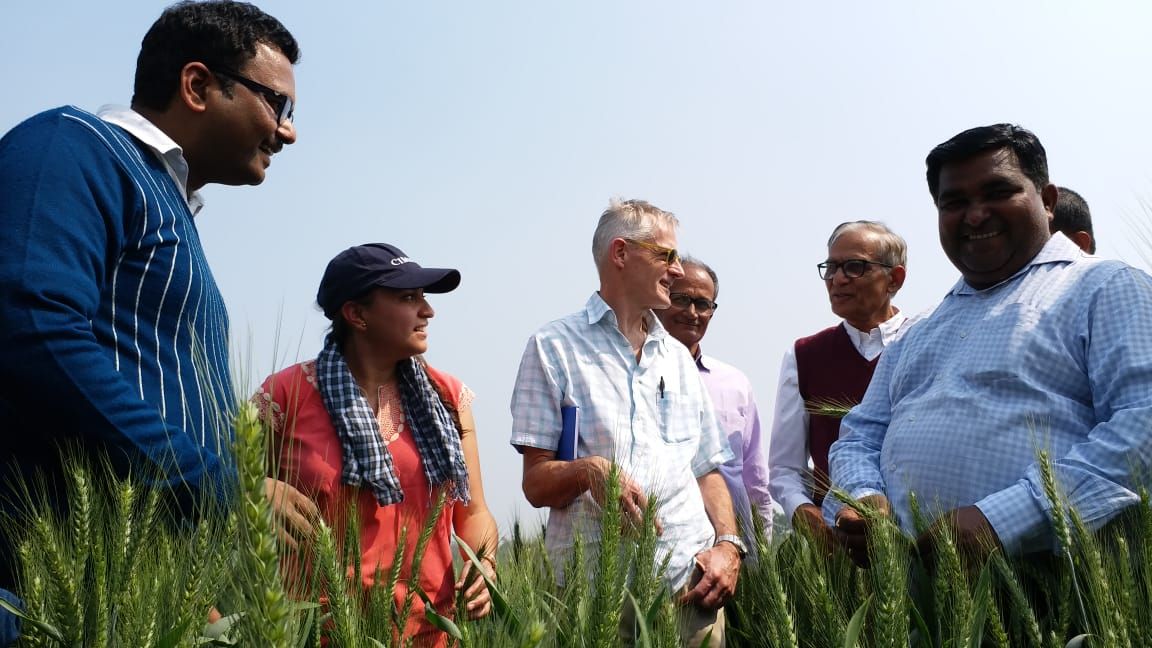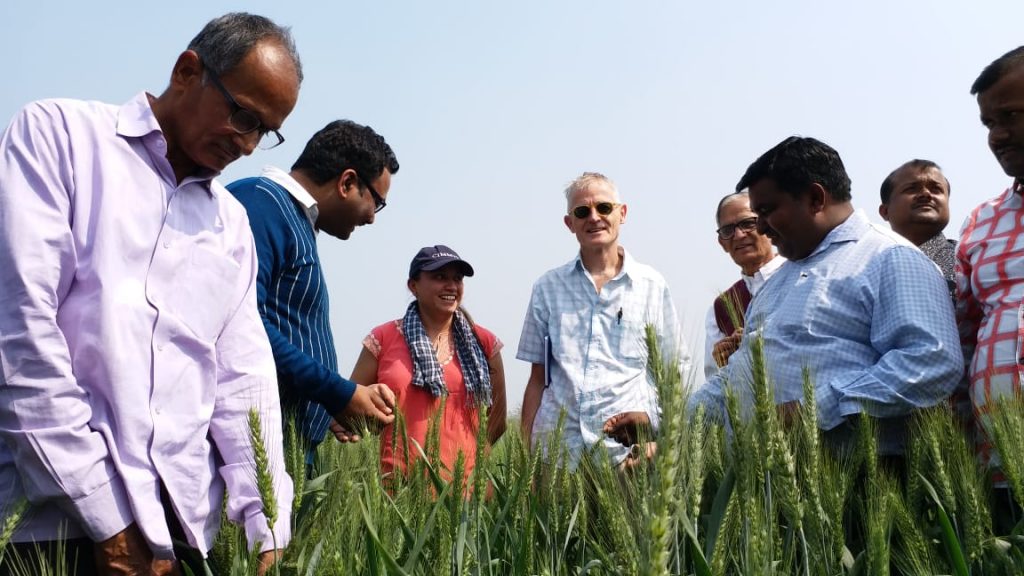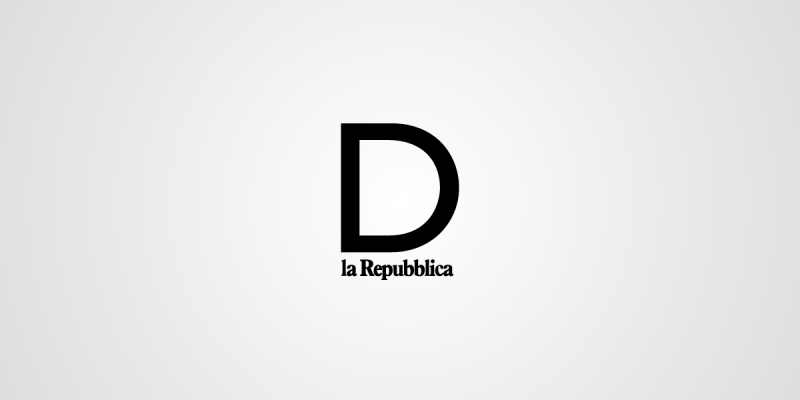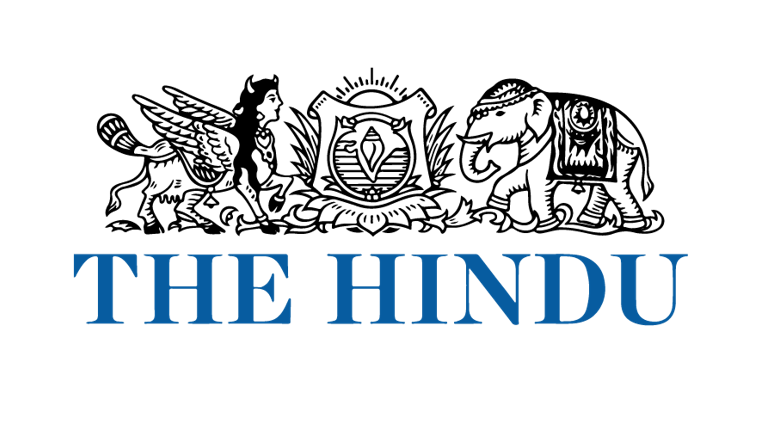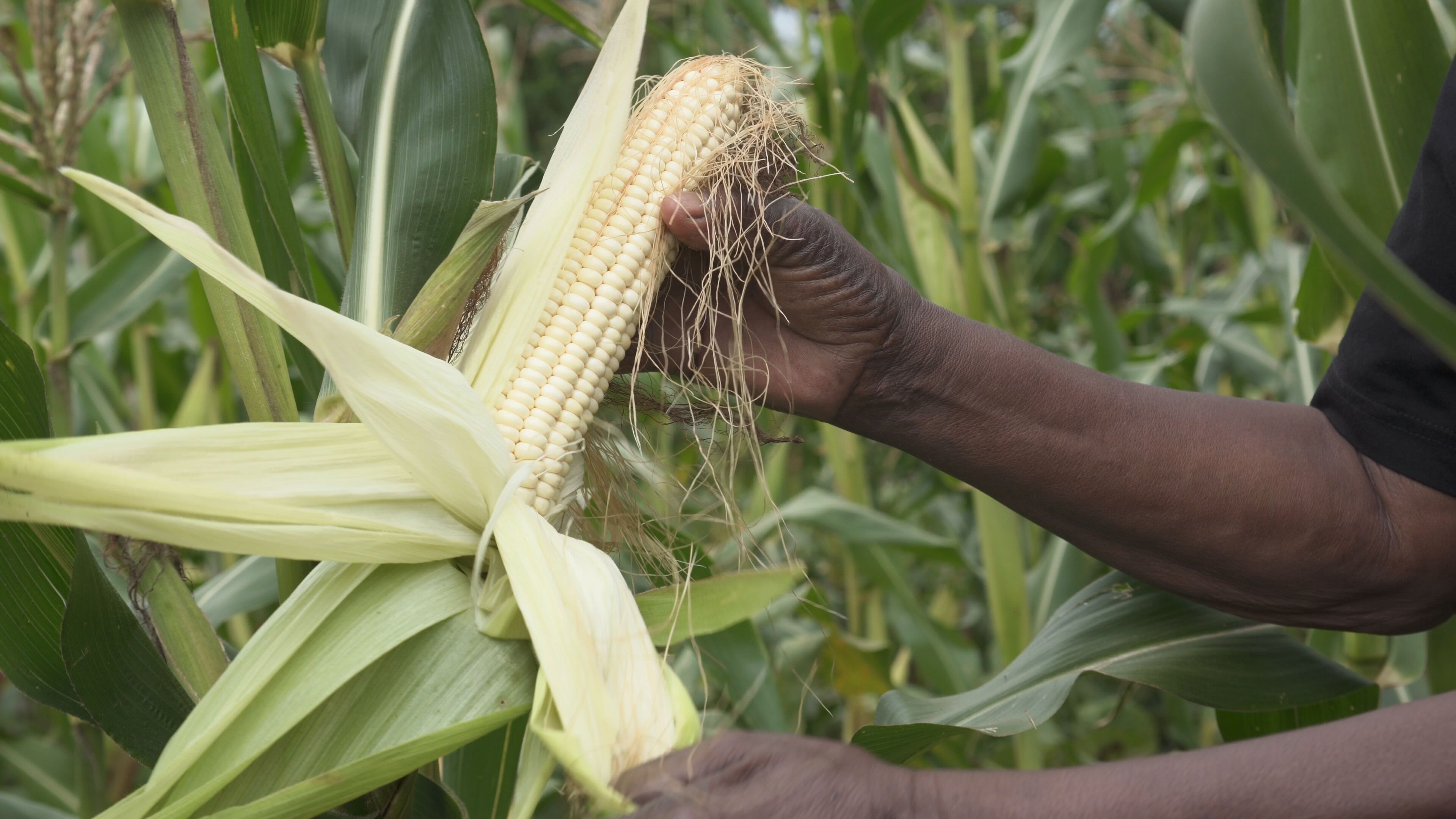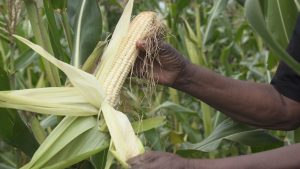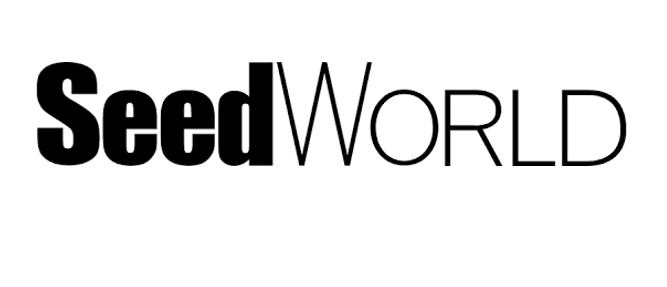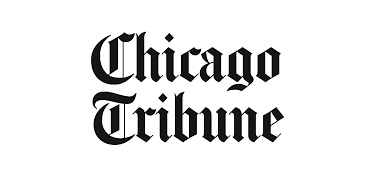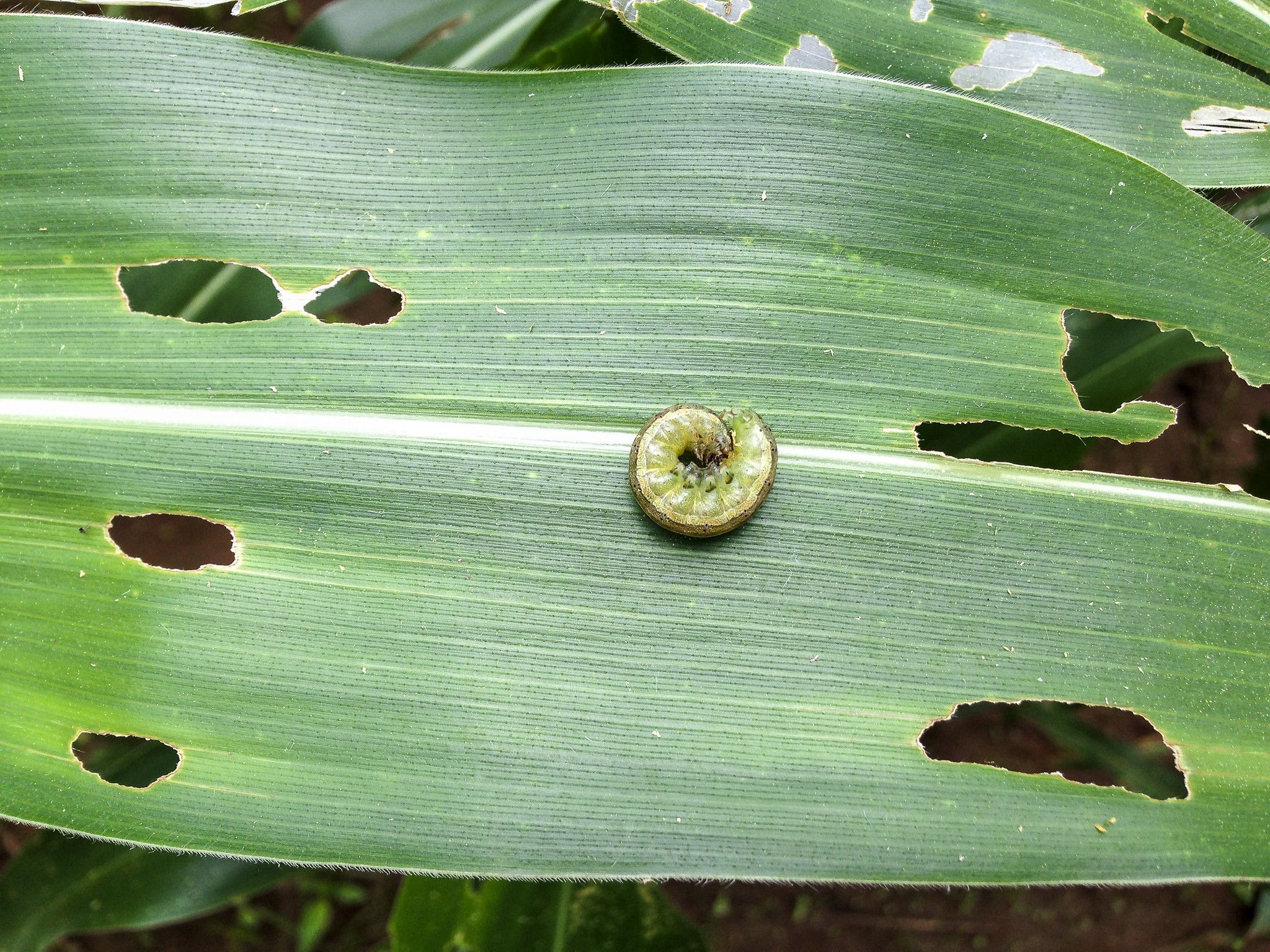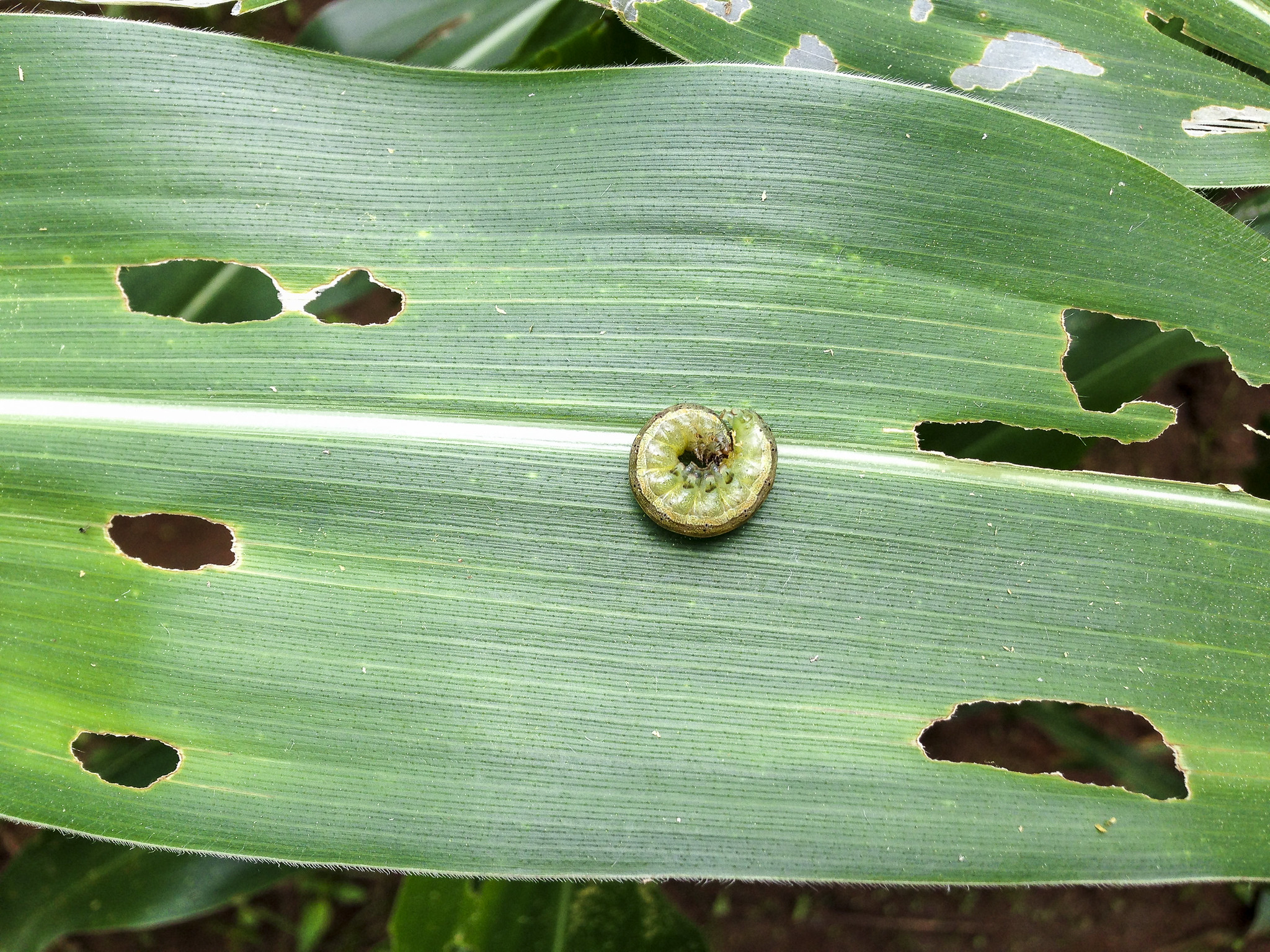Tracing maize landraces, 50 years later
Maize is more than a crop in Mexico. While it provides food, feed and raw materials, it is also a bloodline running through the generations, connecting Mexico’s people with their past.
The fascinating diversity of maize in Mexico is rooted in its cultural and biological legacy as the center of origin of maize. Landraces, which are maize varieties that have been cultivated and subjected to selection by farmers for generations, retaining a distinct identity and lacking formal crop improvement, provide the basis of this diversity.
As with any cultural legacy, the cultivation of maize landraces can be lost with the passage of time as farmers adapt to changing markets and generational shifts take place.
Doctoral candidate Denisse McLean-Rodríguez, from the Sant’Anna School of Advanced Studies in Italy, and researchers from the International Maize and Wheat Improvement Center (CIMMYT) have undertaken a new study that traces the conservation and abandonment of maize landraces over the last 50 years in Morelos, Mexico’s second smallest state.
The study is based on a collection of 93 maize landrace samples, collected by Ángel Kato as a research assistant back in 1966-67 and stored in CIMMYT’s Maize Germplasm Bank. Researchers traced the 66 families in Morelos who donated the samples and explored the reasons why they abandoned or conserved their landraces.
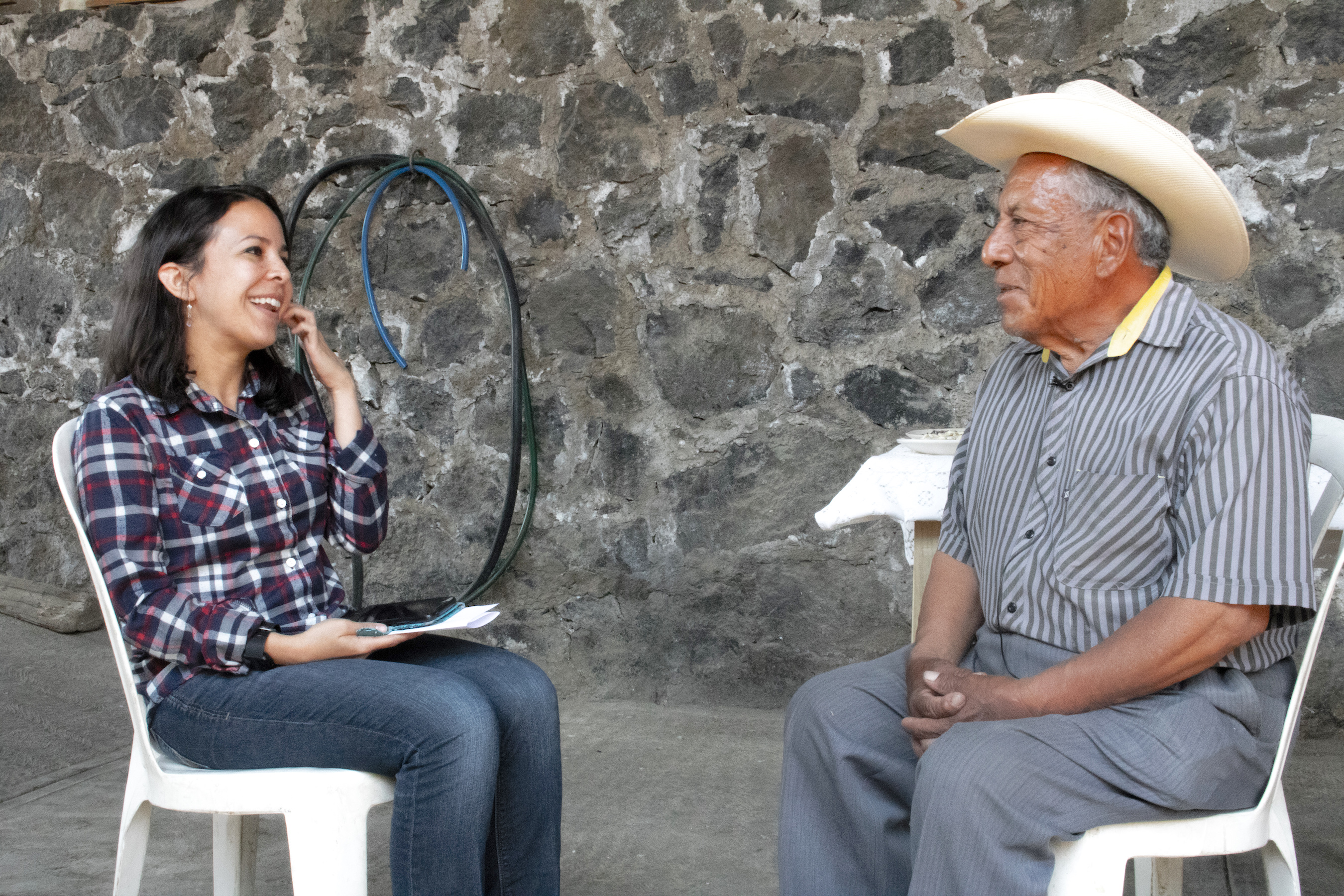
Tracing landrace abandonment
In six cases, researchers were able to interview the original farmers who donated the samples to CIMMYT. In other cases, they interviewed their family members, most frequently the sons or daughters, or alternatively their grandchildren, siblings, nephews or widows.
The study reveals that maize landrace cultivation has diminished significantly within the families. Only 13 of the 66 families are still cultivating the same maize seed lots as in 1966-67 and there was consensus that the current social, economic and physical environments are unfavorable for landrace cultivation.
Among the reasons for abandonment are changes in maize cultivation technologies, shifting markets for maize and other crops, policy changes, shifting cultural preferences, urbanization and climate change.
“By finding out about landrace continuity in farmers’ fields and the factors driving change, we were able to better understand the context in which these landraces are currently cultivated,” said McLean-Rodríguez. “Our study also allowed us to evaluate the importance of ex situ conservation in facilities like CIMMYT’s Germplasm Bank.”

Maize biodiversity conservation
Maize landraces can be conserved “in situ” in farmers’ fields and “ex situ” in a protected space such as a germplasm bank or community seed bank.
“These conservation strategies are complementary,” explained McLean-Rodríguez. “Ex situ conservation helps to secure landraces in case of unpredictable conditions that threaten their conservation in the field, while in situ cultivation allows the processes that generated maize’s diversity to continue, allowing the emergence of mutations and the evolution of new potentially beneficial traits.”
The loss of landraces in farmers’ fields over 50 years emphasizes the importance of ex situ conservation. CIMMYT’s Maize Germplasm Bank holds 28,000 samples of maize and its wild relatives from 88 countries, spanning collections dating back to 1943. Safeguarded seed stored in the Germplasm Bank is protected from crises or natural disasters, and is available for breeding and research. Traits found in landraces can be incorporated into new varieties to address some of the world’s most pressing agriculture challenges like changing climates, emerging pests and disease, and malnutrition.
McLean-Rodríguez recalls an aspect of the study that she found particularly rewarding: “Many of the families who had lost their landrace for one reason or another were interested in receiving back samples of their maize from the CIMMYT Germplasm Bank. Some were interested due to personal value, while others were more interested in the productive value. They were very happy to retrieve their maize from the Germplasm Bank, and it would be very interesting to learn whether the repatriated seed is cultivated in the future.”

A family tradition
One of the families to take part in the study was farmer Roque Juarez Ramirez and his wife, Ventura Oliveros Garcia, whose father was one of the donor farmers from Morelos. “I was so happy to hear the name of my father, [Santos Oliveros],” recalls Oliveros, remembering the moment McLean-Rodríguez contacted her. “He had always been a maize farmer, as in his day they didn’t cultivate anything else. He planted on his communal village land [ejido] and he was always able to harvest a lot of maize, many ears. He planted an heirloom variety of maize that we called arribeño, or marceño, because it was always planted in March.”
Juarez senses his responsibility as a maize farmer: “I feel that the importance [of maize farming] is not small, but big. We are not talking about keeping 10 or 20 people alive; we have to feed a whole country of people who eat and drink, apart from providing for our families. We, the farmers, generate the food.”
Filling vessels of champurrado, a Mexican maize-based sweet drink, and presenting samples of the family’s staple maize — maíz colorado and the Ancho landrace — Oliveros describes what maize means to her: “Maize is very important to my family and me because it is our main source of food, for both humans and animals. We use our maize variety to make pozole, tortillas, tamales, atole, quesadillas, picadas and many other foods.”
The Juarez-Oliveros family substituted the Ancho seed lot from Olivero’s father with another seed lot from the Ancho landrace obtained from her husband’s family. The Ancho landrace is used to make pozole, and continues to be widely cultivated in some municipalities of Morelos, including Totolapan, where the family resides. However, researchers found other landraces present in the 1966-67 collection, such as Pepitilla, were harder to trace 50 years later.

The study shows that landrace abandonment is common when farming passed from one generation to the next. Older farmers were attached to their landraces and continued cultivating them, even in the face of pressing reasons to change or replace them. When the younger generations take over farm management, these landraces are often abandoned.
Nonetheless, young farmers still value the cultural and culinary importance of landraces. “Maize has an important traditional and cultural significance, and is fundamental to our economy,” said Isaac Juarez Oliveros, son of Roque and Ventura. “I have been planting [maize landraces] since I was around 15 to 20 years old. I got my maize seed from my parents. I believe it is important for families to keep planting their maize, as it has become tradition passed down through many generations.”
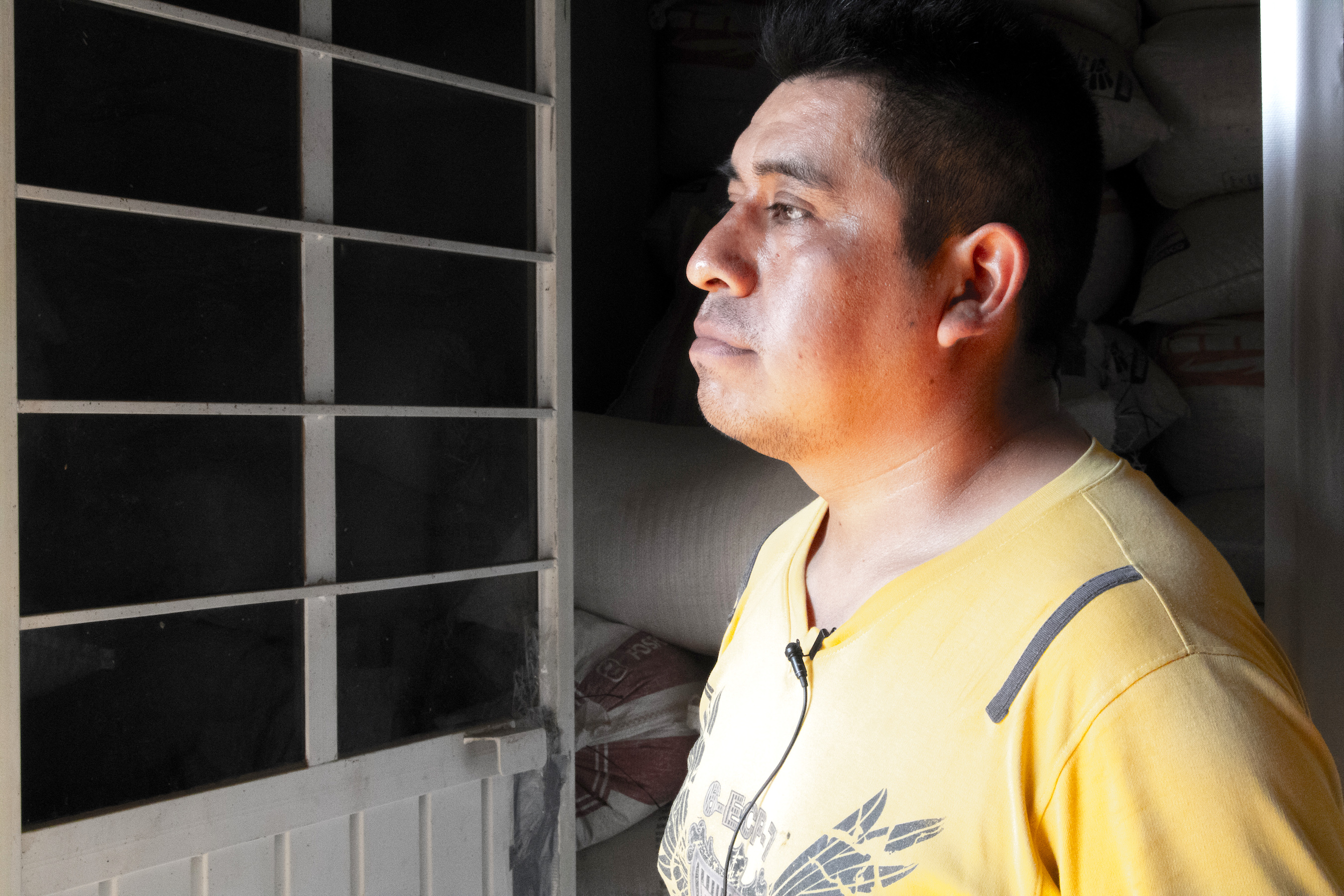
The legacy for future generations
Global food security depends on the maintenance of high genetic biodiversity in such key staple food crops as maize. Understanding the causes of landrace abandonment can help to develop effective landrace conservation strategies. The authors suggest that niches for landrace conservation and even expansion can be supported in the same manner that niches have been created for improved maize and other commercial crops. Meanwhile, management of genetic resources is vital, both in the field and in germplasm banks, especially in developing countries where broader diversity exists.
For Oliveros, it is a matter of family legacy: “It means a lot to me that [my family’s seed] was preserved because it has allowed my family’s maize and my father’s memory to stay alive.”
“Farmers who cultivate landraces are providing an invaluable global public service,” state the authors of the study. “It will be key to encourage maize landrace cultivation in younger farmers. Tapping into the conservation potential of the current generation of farmers is an opportunity we should not miss.”
Read the full study:
The abandonment of maize landraces over the last 50 years in Morelos, Mexico: a tracing study using a multi-level perspective
Funding for this research was provided by the CGIAR Research Program on Maize (MAIZE), the Sant’Anna School of Advanced Studies and Wageningen University.
A special acknowledgement to the families, focus group participants and municipal authorities from the state of Morelos who kindly devoted time to share their experiences with us, on the challenges and rewards of maize landrace conservation.
